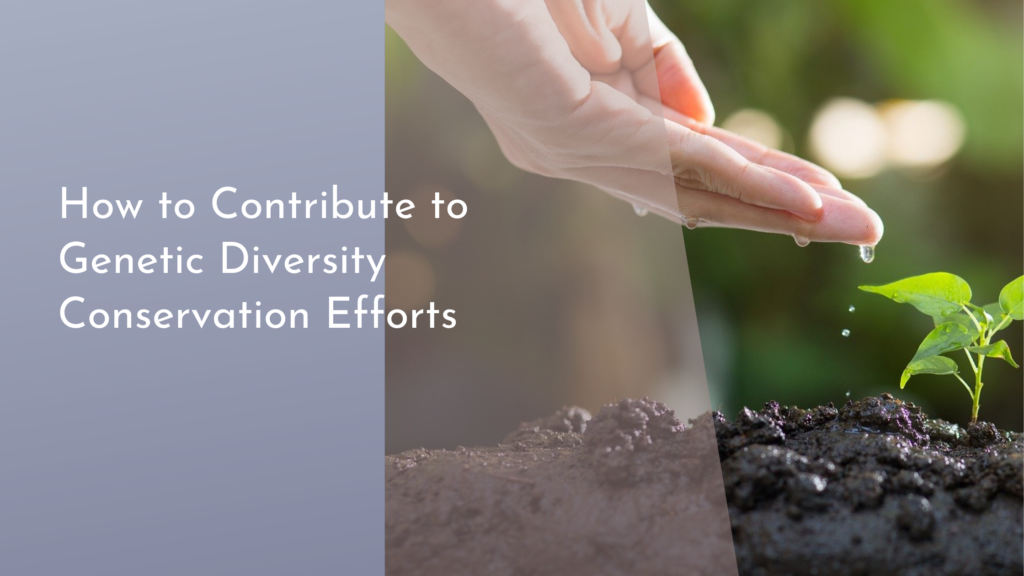Understanding the Science of Climate Change
Understanding the science of climate change is crucial in today’s world as it affects every aspect of our environment and lives. By delving into the basics, the human influence, and the potential solutions, we can better grasp this complex issue and contribute to a more sustainable future. Below, we explore the different facets of climate change and how we can collectively make a difference.
The Basics: What is Climate Change?
Climate change refers to significant and lasting changes in the statistical distribution of weather patterns over periods ranging from decades to millions of years. It can be a result of natural factors, such as changes in solar energy, volcanic eruptions, and variations in the Earth’s orbit. However, the term is now more commonly used to describe the changes in our climate caused primarily by human activities, especially since the Industrial Revolution. The Earth’s climate has always been in flux, but the rate of current changes is unprecedented in history.
The greenhouse effect is a natural phenomenon that warms the Earth’s surface, but human activities have intensified this effect. Greenhouse gases like carbon dioxide (CO2), methane, and nitrous oxide trap heat from the sun in the Earth’s atmosphere, causing global temperatures to rise. As these gases accumulate, they enhance the natural greenhouse effect, leading to more extreme weather events, rising sea levels, and shifts in ecosystems. Understanding these basics is key to addressing the broader implications of climate change.
The Human Influence and Carbon Emissions
Human activities, notably the burning of fossil fuels for energy, deforestation, and industrial processes, are the primary contributors to climate change. The burning of coal, oil, and natural gas for electricity and transportation releases large amounts of CO2, the most prevalent greenhouse gas. Deforestation further exacerbates the problem, as trees that absorb CO2 are cut down, reducing the planet’s capacity to offset emissions. According to scientific consensus, human-induced carbon emissions are the leading cause of recent climate change.
Moreover, industrial agriculture contributes significantly to methane and nitrous oxide emissions, potent greenhouse gases that are more effective than CO2 at trapping heat in the atmosphere. Livestock digestion processes and manure management release methane, while fertilizers used in crop production release nitrous oxide. As the global population grows and demand for food increases, these emissions are expected to rise unless sustainable practices are implemented. Recognizing human influence is essential for developing strategies to mitigate climate change.
Consequences of a Warming Planet
As the planet warms, we are witnessing various environmental consequences that impact biodiversity, ecosystems, and human societies. Glaciers and ice caps are melting, causing sea levels to rise and threatening coastal communities with flooding. Extreme weather events, such as hurricanes, droughts, and heatwaves, are becoming more frequent and severe. These changes disrupt agricultural production, leading to food insecurity and economic instability in vulnerable regions.
Rising temperatures also affect ecosystems and wildlife, forcing species to migrate to cooler areas or face extinction. Coral reefs, the rainforests of the sea, are particularly sensitive to temperature changes and are experiencing widespread bleaching events. This loss of biodiversity diminishes ecosystem services, such as pollination and water purification, that are vital for human survival. Understanding these consequences helps in prioritizing action and resources to mitigate harmful effects.
Solutions and Innovations for the Future
Fortunately, there are numerous solutions and innovations aimed at combating climate change and ensuring a sustainable future. Transitioning to renewable energy sources such as solar, wind, and geothermal can significantly reduce carbon emissions. These technologies are becoming increasingly cost-effective and accessible, making them viable alternatives to fossil fuels. Additionally, energy efficiency measures, such as improving building insulation and adopting smart grids, can further reduce energy demand and emissions.
Innovations in agriculture and forest management also offer promising solutions. Practices like precision farming, agroforestry, and regenerative agriculture can enhance carbon sequestration and reduce methane and nitrous oxide emissions. Reforestation and afforestation projects help restore natural carbon sinks, while technological advancements, such as carbon capture and storage, aim to directly remove CO2 from the atmosphere. Embracing these solutions will require global cooperation, investment, and policy support to drive meaningful change.
Climate change is one of the most pressing challenges of our time, but by understanding its science, human impacts, and potential solutions, we can work towards a more sustainable and resilient future. With innovation, commitment, and collaboration, we can mitigate its effects and preserve the planet for generations to come. Let’s embrace this opportunity to create a cleaner, healthier world for everyone.

